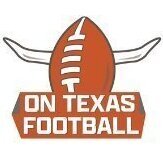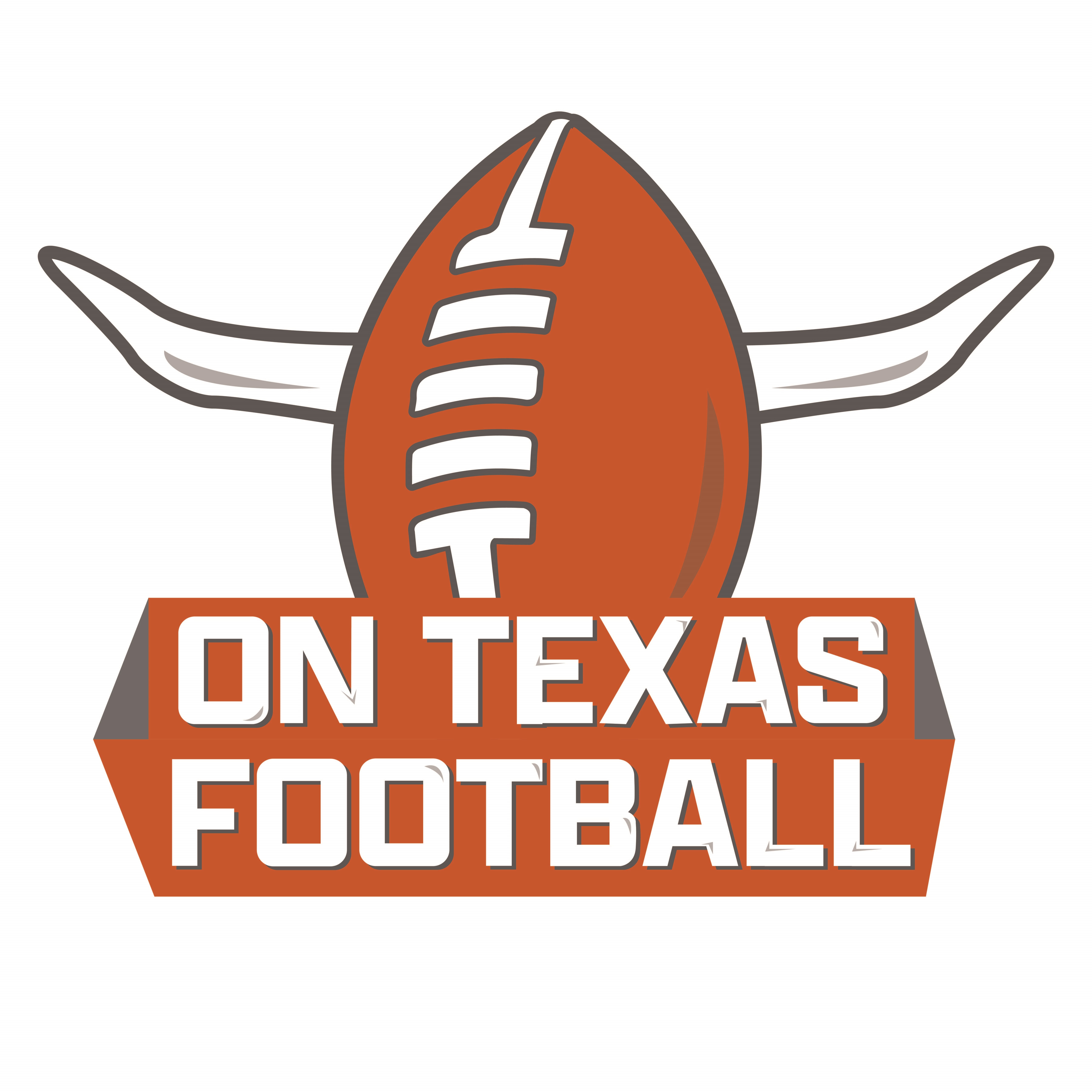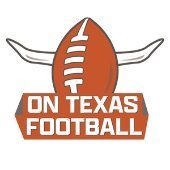
According to Pro Football Focus, Manning has been pressured 122 times through nine games, tying him with South Carolina’s LaNorris Sellers for the second-most pressures faced among FBS quarterbacks. He’s produced when the heat has been on him; the 11th-ranked Longhorns hit their second bye week of the regular season with Manning carrying a PFF season-long grade of 68 when facing, tied for the eighth-best grade in FBS among quarterbacks who’ve been pressured on at least 20 dropbacks.
With only 18 of those pressures resulting in sacks, Manning’s 14.8 pressure-to-sack percentage is tied for 60th among 171 qualifying FBS quarterbacks and sixth out of 17 qualifying quarterbacks in the SEC. To give Manning’s ability to avoid sacks more context, Jackson Arnold has the worst pressure-to-sack percentage in the SEC, with him getting sacked on 32.6 percent of the pressure Auburn has allowed.
While Manning’s legs (specifically, his ability to extend plays) have been one of the elements of the offense that Texas (7-2, 4-1 SEC) has been able to count on throughout the season, he’s becoming a top-notch quarterback at beating pressure with his arm.
According to PFF, no SEC quarterback has completed more pass attempts against pressure than Manning (43). Manning has the second-most passing yards of any FBS quarterback against pressure (676) and his five touchdown passes when facing pressure are tied for the seventh-most in the country (the seven touchdown passes against pressure by Tennessee’s Joey Aguilar lead the SEC, with Manning, Taylen Green of Arkansas and Texas A&M’s Marcel Reed right behind him).
This is a positive trend for the Longhorns that needs to continue against a Georgia defense that’s found it tougher to get pressure on opposing quarterbacks organically this season. Steve Sarkisian and the offensive staff should expect Kirby Smart and Glenn Schumann to throw the kitchen sink at Manning when Texas heads to Athens next Saturday (6:30 p.m., ABC), even though Kyle Flood’s offensive line is coming off of arguably its best outing of 2025.
According to PFF, Manning was pressured on just seven of his 34 dropbacks against the Commodores. Whether Clark Lea and the Vanderbilt defensive staff intended to blitz more coming into the game, or the Commodores shifted gears on the fly, the Longhorns made Vanderbilt pay for blitzing Manning 19 times.
Manning had a 15-for-19 day against the blitz last Saturday, throwing for 248 yards and three touchdowns with no turnovers committed or sacks allowed for a PFF grade of 91.6, Manning’s best of the season against the blitz and a perfect NFL passer rating (158.3). On the 50 combined blitzes he's faced in his last two games, Manning is completing 67 percent of his passes (30 of 45) for 508 yards with five touchdowns, no interceptions, no fumbles and four sacks allowed.
In two meetings with Georgia last season, the Bulldogs blitzed Manning and Quinn Ewers on 41.4 percent of their combined dropbacks (46 of 111). Those 46 blitzes led to 20 pressures and six sacks, with Manning and Ewers combining to go 22-for-40 through the air for 256 yards with one touchdown and four turnovers (one interception and three fumbles).
For Texas and Sarkisian to slay the dragon and get over the hump against Smart and the Bulldogs, Manning must continue his positive trend of delivering when opposing defenses bring the heat.
- Read more...
- 38 comments
- 1132 views


